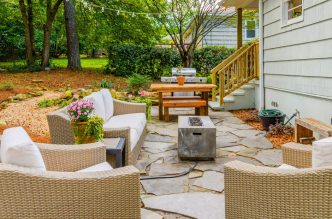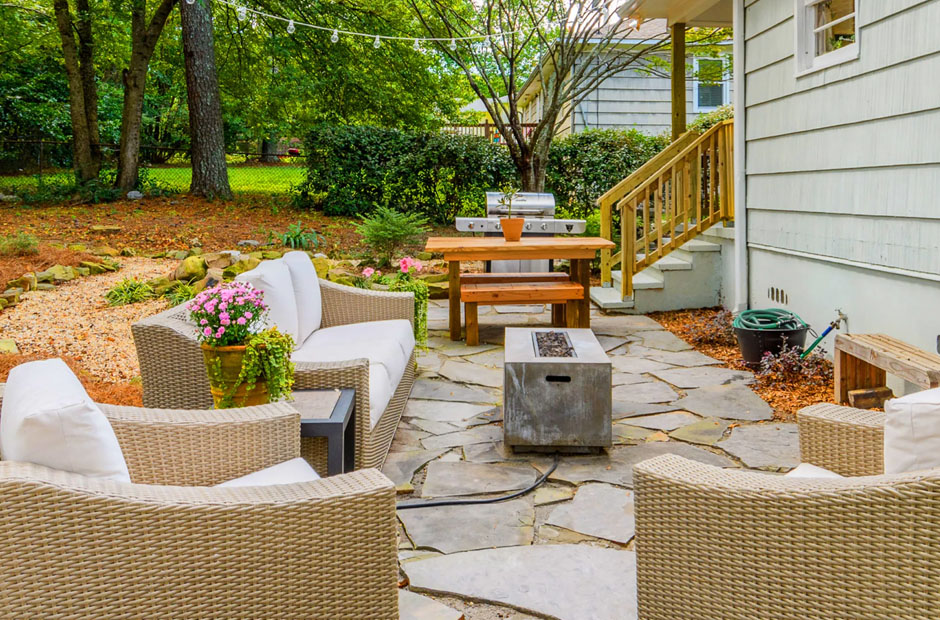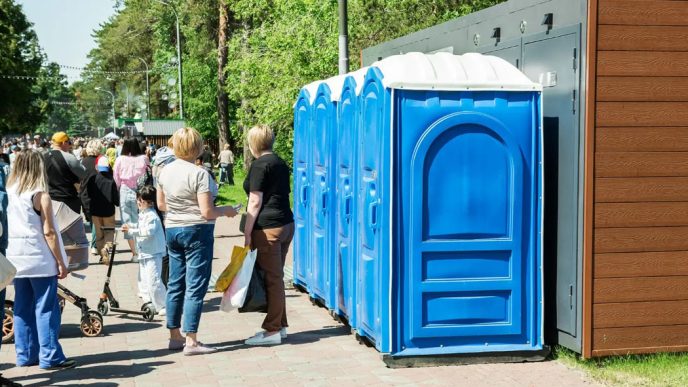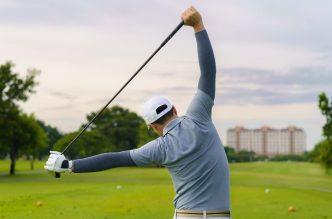Outdoor spaces have taken on a new level of importance. People want areas that feel useful and comfortable. They also want to create an environment that supports how they live day to day. This shift shows up in the choices homeowners make and in the way outdoor design keeps moving toward practicality and ease.
Multi use outdoor areas are becoming the norm
One of the biggest changes this year is the demand for spaces that do more than one thing. A backyard is no longer just a place to sit on a weekend. It is becoming an extension of the living room or kitchen. Many homeowners are turning their patios into areas where they can relax, eat, and work if needed. The idea is simple. Every square foot should support daily life.
Furniture plays a key role. Modular seating, movable tables, and foldable pieces make it easy to switch between uses. This also helps smaller spaces feel larger. People want flexibility and this trend fits that need well. The interest in comparing a stone deck vs composite deck materials also appears during this planning stage as homeowners try to understand which option will support both comfort and durability.
Nature first design is shaping decisions
Another clear shift is the strong interest in nature focused layouts. Many homeowners want outdoor areas that feel calm and natural. There is also more attention on the environment. This means native plants, sustainable materials, and lower water use are becoming common. These choices create landscapes that need less upkeep while still looking good through the seasons.
Reclaimed wood, recycled composites, and natural stone are showing up more often. These materials fit the desire for long lasting outdoor elements. They also create visual warmth. People want their yards to feel closer to nature so they choose materials that reflect that goal.
Wellness focused features are gaining attention
Wellness influences almost every design decision now. Outdoor spaces are no exception. Homeowners want quiet corners where they can read, stretch, or rest without distractions. Many small changes support this idea. A simple bench placed near plants can create a personal retreat. A shaded area can turn into a meditation spot. Even a small water feature can change the feel of a yard.
This trend continues to grow because more people want moments of calm in their day. Outdoor areas make that possible without needing to travel or plan ahead.
Outdoor technology is used in subtle ways
Technology in the backyard is nothing new. What is different this year is the way people use it. Instead of bold, noticeable devices, homeowners are choosing low profile tools that blend into the space. Smart lighting, hidden speakers, and weather rated screens are a few examples. These tools help people use their yards in the evening or during gatherings without taking attention away from the natural setting.
Smart irrigation is also popular. It saves water and keeps plants healthy with less effort. Motion lights add safety while remaining discreet. The goal is simple. Add convenience without changing the character of the yard.
Outdoor living is becoming all season
More homeowners want to use their outdoor spaces for longer parts of the year. This leads to additions like fire pits, heaters, and covered areas. A pergola with a retractable cover or curtains can keep the space useful during light rain. Weather resistant fabrics allow people to create living room style seating without worrying about damage.
The idea is not to create a perfect space but to make it comfortable in different conditions. This trend also supports people who want more time outside without having to plan around the weather.
Small yards are making a bigger impact
Not every home has a large backyard. Smaller spaces still offer plenty of potential. Vertical gardens, corner lounges, and layered plant beds help create depth without needing more room. Many urban homeowners use tall planters or privacy screens to build a sense of enclosure.
Simple upgrades make a big difference. A narrow bench along a wall adds seating without taking up much space. A small bistro table can turn a patio into a dining spot. People are learning to use height, light, and compact furniture to create inviting areas.
Color and material trends continue to shift
Outdoor areas this year lean toward natural colors and textures. Earth tones remain popular because they blend with plants and materials. Stone, concrete, wood, wicker, and smooth metal are showing up in many designs. Mixed material furniture is another trend that keeps gaining interest.
Organic shapes are everywhere. Tables with rounded edges and curved seating lines create softer visuals. These elements also pair well with native plants and natural stone.
Low maintenance design is a top priority
People want outdoor areas that look good with less routine work. This trend influences almost every choice. Composite decking, gravel gardens, artificial turf in limited sections, and long lasting fabrics are becoming more common. These materials hold up to weather and require less care.
Homeowners are choosing features that simplify life. The aim is not to remove all upkeep but to keep the yard enjoyable without constant effort.
Conclusion
Outdoor spaces continue to evolve as people look for areas that support comfort, function, and relaxation. This year’s trends reflect a shift toward flexible design, natural materials, wellness, and easy maintenance. The goal is straightforward. Create an outdoor space that feels practical and enjoyable every day.














